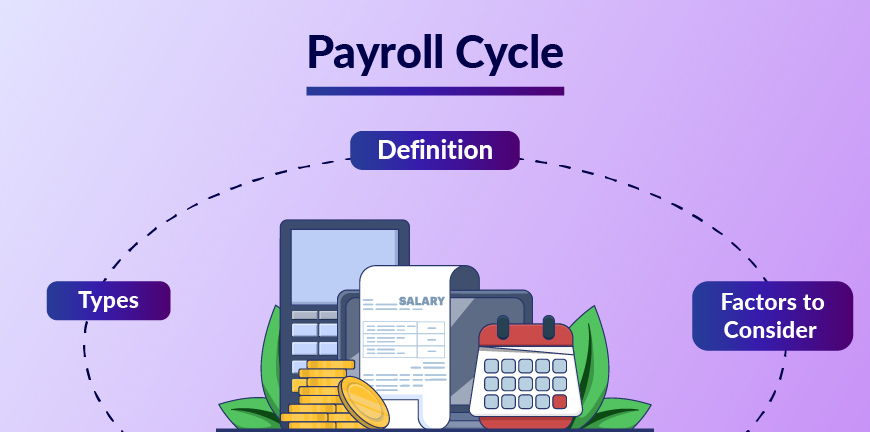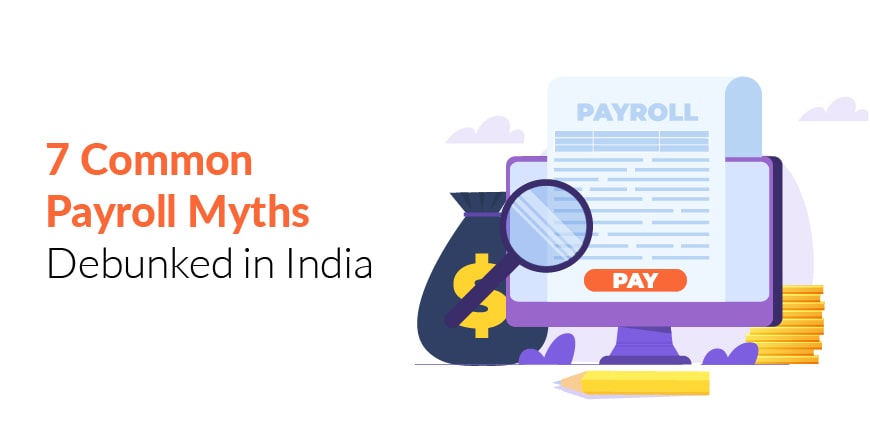
Decarbonizing India: How Costly Is It?
25/10/2024
What Is Remote Hiring – 6 Steps to Success
29/10/2024The administrative process of paying your employees in a timely manner is referred to as payroll and the cycle at which these payments are made is called a payroll cycle. Companies generally pick a payroll cycle by considering several things, some of which we would be discussing here. Of course, they can pick any payroll cycle if they meet the statutory and regulatory compliance in payroll.
Why Do You Need a Payroll Cycle?
A payroll cycle helps you fix the intervals at which you pay your employees their salaries. Here are some key reasons why you need to pick a certain payroll cycle and adhere to it.
1. Boosts Employee Morale
By maintaining the right wages and by paying the salaries on time, the employee pride and morale get a boost.
2. Improves the Brand’s Reputation
A good payroll system can help boost your brand reputation, giving you more control over the offers you make to candidates and taking risks that both employees and investors would stand by.
3. Legal Compliance and Risk Reduction
When you ensure legal compliance in payroll, you reduce the possibility of any penalties being levied against the business by a lot.
4. Data Available for Decision-making
Payroll methods that preserve the data regularly also provide valuable information that can help make good decisions for your business.
5. Talent Retention
In an aggressive labor market, you would need to rely on an efficient payroll to help ensure that the talent is satisfied with the payroll process and stays on in the company.
What Are the Different Payroll Cycles?
The most common payroll cycles are:
- Weekly: Employees paid every week, with a total of 52 paychecks in a year
- Bi-weekly: Employees will be paid fortnightly, and a total of 26 paychecks in a year
- Semi-monthly: Employees are paid twice in a month, with 24 paychecks in a year
- Monthly: Employees are paid monthly, with 12 paychecks in a year
The payroll cycle has no impact on the employee’s salary, the tax deductions that are to be made etc. It just affects the ease with which both employee and management accept the payroll system. With many companies opting for payroll software, a lot of things are being automated, and this also affects the ease of using payroll.
How Do You Pick a Payroll Cycle?
With all this in mind, select the right pay period for your business by considering factors such as state regulations, the cost of running payroll and other factors, including the following.
1. Employment Laws and Regulations
Labor laws are not only specified by the center but also by individual states. It is necessary for businesses to consider both central as well as local laws when they pick a payroll cycle. They must consider their internal policies as well when picking a payroll cycle.
2. Overtime and Workweeks
Managing payroll cycles can become a challenge also when we consider the concept of overtime for an employee working consecutive shifts. Supposing the overtime continues but moves into the next cycle, will the employee be paid during the previous cycle or the next? Care must be taken when managing this and if possible, payroll cycles must be adjusted accordingly.
3. Payroll Costs
The costs associated with payroll can also influence the payroll cycle and process. When you fix a payroll cycle, also factor in the payments that are due towards payroll tax and, if you are being managed by a payroll partner, then towards the payroll partner as well. Doing this will ensure that the payroll costs are fulfilled for each payroll cycle on time.
4. Employee Needs
Here is where it gets important to note opinions. Your employees may want a payroll cycle that pays them more frequently and not as late as a month and possibly twice in a month. They might otherwise want their payment a few days before the end of the month. Accommodate their requests and decide how best you can modify the payroll cycle to suit their needs.
5. Withholdings
Tax and other withholdings may be difficult to assess and calculate. If you feel that the calculation of withholdings will take more time than you have in the payroll cycle and the deductions must be made in each payroll cycle, then you would need to accordingly pick a payroll cycle that gives you enough time to factor in these deductions and also be vigilant enough to do it regularly.
Are You Looking for a Payroll Partner?
Do you want to get all the benefits we have mentioned here when you have a proper payroll process and cycle in place? Alp Consulting, with over 25 years of experience in recruitment and staffing and more than a decade in payroll solutions, should be your payroll agency of choice. Talk to us today and let us help you!
FAQs
What is the most common payroll cycle?
The most common payroll cycle is the monthly payroll cycle, at least on a global scale, considering the number of employees receiving the pay. But it would vary between countries and across states within a country.
What are the steps in a payroll cycle?
The steps in a payroll cycle or process are establishing payroll policies, gathering employee information, calculating taxes and other withholdings and then getting the net salary for every employee. Then submit a report on the payroll and see if you need to rerun any steps in the payroll.
Who maintains payroll in a company?
The payroll process in a company is maintained by a dedicated payroll team. In cases where the payroll team is not there, it could be maintained by the accounting or HR teams. Generally, if you cannot rely on an in-house payroll as your company grows, it is preferable to outsource your payroll to a third-party payroll agency.
Contact Us For Business Enquiry

Yugandhara V. M
Yugandhara V. M serves as the Assistant Vice President – HRO at Alp Consulting Ltd., bringing over 14 years of rich experience in Human Resource Outsourcing, payroll management, and statutory compliance. He specializes in driving process excellence across HR operations, ensuring seamless service delivery and compliance with labor laws. Yugandhara’s expertise lies in managing large-scale client engagements, optimizing HR processes, and implementing efficient workforce management systems that enhance organizational performance. He also leads comprehensive payroll services, ensuring accuracy, timeliness, and compliance for diverse client portfolios.




